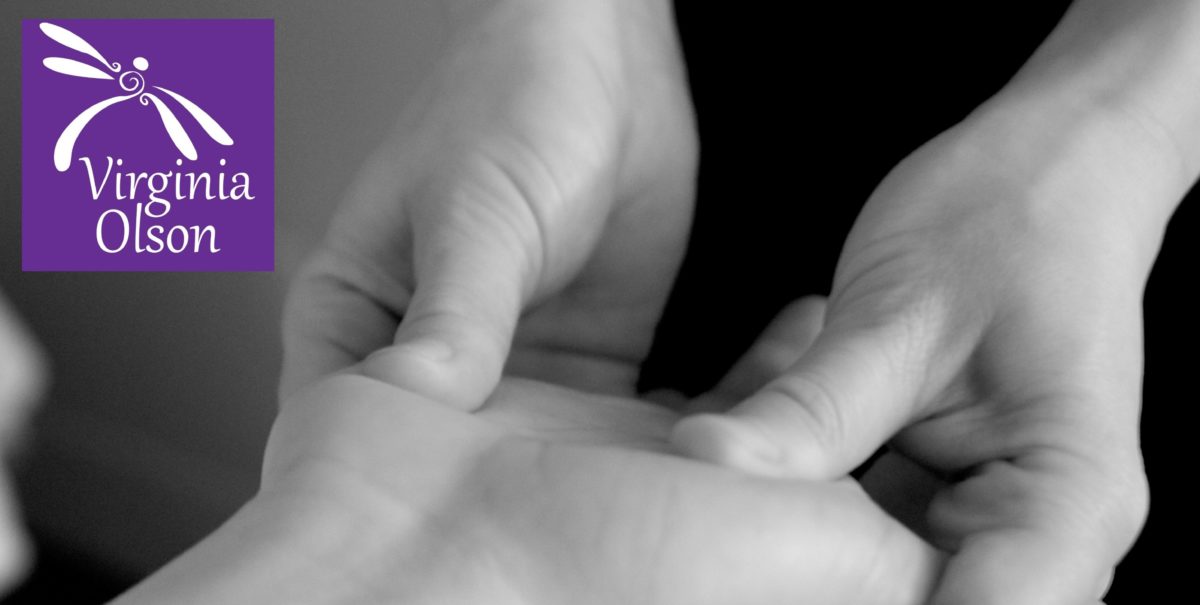I recently read Kate Bolick’s article “All the Single Ladies” from the November 2011 issue of The Atlantic, in which she discusses the present unique situation of single women in America and how much male-female relationships have changed over the last few decades. As a 30-something single woman, I find it fascinating to learn that there’s statistical backup for the things that I hear my single girlfriends say, usually along the lines of “there are just no good men out there.”
According to Bolick, there actually has been a significant drop in the number of available men. On top of that, many of the men who are available are now less educated and making less money than ever before. Mere decades ago, it was almost expected that a woman would marry a man who would take care of her, in a variety of ways. And now, based on my own personal observations, and those of Bolick, this is less likely than ever to happen.
I’m inclined to ask, “So what’s the problem?” I don’t mean to be obtuse. I know what the problem is: My girlfriends want to get married. And not just my girlfriends. Many, many women are out there looking for Mr. Right. But it strikes me that the problem is not so much the scarcity of Mr. Right, but rather a lack of imagination and initiative in creating other options. And it’s really not single women who are to blame for this. Virtually our entire social structure is based on “couple-dom.” Movies, music, and television shows about the trials and tribulations (and finally, the rewards) of finding The One abound. In other words, there is a vast mythology surrounding the process of coupling.
You might be asking yourself, what does any of this have to do with spiritual practice? I promise you it has everything to do with it! One of the tenets of spiritual practice is non-duality. This essentially is the opposite of an either/or mentality: rather a both/and approach to life. An integrated approach based on holism and acknowledging polarities, being not only willing and able to acknowledge conflicting needs within ourselves, but being comfortable doing so. In short, what’s needed is an ability to know what’s true for each of us, intrinsically, to acknowledge its ever-shifting nature, and simply to let it be, relating authentically to others in the moment.
In the article, Bolick touches on her own desire for both “autonomy and intimacy.” And why shouldn’t she have relationships that include both? Now that women have more education, more earning power, and more autonomy than ever before, why shouldn’t they – why shouldn’t we – use that power to create the relationships that meet our needs, to write our own relationship contracts, so to speak?
How can we do that? First of all, it’s important to establish a present moment, process-oriented mentality. In other words, the future is now. Life doesn’t start when Mr. Right shows up. He may never show up…and it really doesn’t matter. Why? Because you don’t need Mr. Right to start meeting your needs and to create the life of your dreams. Bolick herself observes, “If I stopped seeing my present life as provisional, perhaps I’d be a little…happier. Perhaps I could actually get down to the business of what it means to be a real single woman.” This astute observation gets to the heart of a very important matter, which centers around the question, “What legitimizes your life?”
The mindset that being single is illegitimate, that people who are unmarried or exist outside of couple-dom don’t have “real” lives and therefore are to be pitied, is simply outmoded and no longer useful. Marriage is no longer a given, as evidenced by the rising number of singles. Let’s begin the process of letting go of our fantasies of Mr. Right and Happily Ever After, and celebrate the fact that we no longer have to fear becoming old maids. Let’s begin writing our own stories: It’s time to start imagining and creating the lives we want…by exploring paradigms outside of couple-dom.
More on this topic in my next post.
